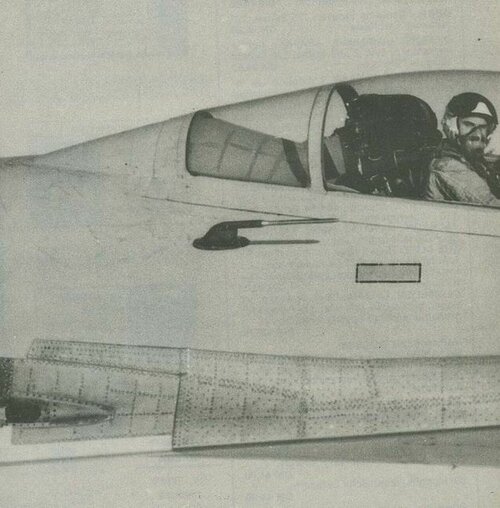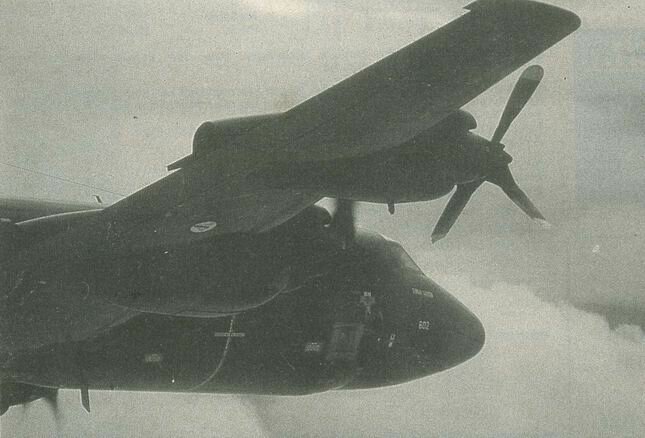- In the early 1960s the final U-2 overflight of the Soviet Union U-2 was planned under the code name Grand Slam.
The Pakistan-Norway nine hours flight was 3,800 miles long, with 2,900 miles over the Soviet airspace overflying Tyuratam, Chelyabinsk, Kyshtym, Sverdlovsk, Kirov, Severodvinsk, Kandalaksa, Murmansk, Polyarnyy and Bodo-Norway.
On May 1, 1960, one U-2 took-off from Peshawar at 6:26 AM, and once airborne the spy plane turned toward the Afghanistan border flying at 66,000 ft. (20,120 m).
The U-2 was spotted by Soviet radar over Afghanistan while it was still at fifteen miles of the USSR border.
An alert was called, all civilian airliners were grounded and all V-PVO airfields, SAM sites, radar stations and command posts over the southern Soviet Union were placed on full combat alert.
The U-2 was tracked by multiple PVO radars, thirteen fighters scrambled around Tashkent, and they carried out zoom-climb attacks in an attempt to catch the intruder despite the fact that experience had demonstrated that the MiG fighters were unable to intercept the U-2.
The intruder was lost on radar and reacquired over Tyuratam flying at 70,500 ft. (21,493 m)
Two MiG-19P fighters made an unsuccessful attempt to get into firing position, vectored by ground radar, but they could only ascend to 58,000 ft. (17,682 m).
The PVO staff predicting that the U-2 was heading toward Sverdlovsk, and all the SAM SA-2 sites of 4th Independent Army and the fighter units based in the area were instructed to down the intruder “whatever the cost”.
Captain Mentiukov, the pilot of one Sukhoi Su-9 Fishpot fighter that made a refueling stop at Kolcovo airfield, was ordered to intercept the U-2.
The Su-9 was in ferry configuration, it carried no air-to-air missiles, and none were available at Kolcovo, but Mentiukov received order to ramming the spy plane.
The mission was suicidal because the pilot did not have high-altitude pressure suit.
Instead of using the old Taran tactics, Mentiukov tried cutting the target trajectory and putting it out of control with the trail turbulence. This type of attack had been successfully used by a D.H. Mosquito FB VI of the 418th RAF Squadron to destabilize a V-1 flying bomb in June 1944.
The U-2 had to fly very near their never-exceeded speed and the margin with the stall speed at 70,000 ft. (21,341 m) was only 12 mph. Exceeding any of both limits could cause transonic airflow separation at the wings and structural damage.
The Su-9 was guided by ground control radar, but its zoom-climb attack was unsuccessful and overshot the target by 26,000 ft. (7,927 m).
The first salvo of SA-2 surface-to-air missiles failed because the U-2 was already out of range by the time the missiles reached its altitude.
When the intruder entered the engagement area of the next launch site at 08:36, only one SA-2 was fired due to fire control malfunction. At 70,500 ft. (21,493 m) over Sverdlovsk the missile warhead detonated near the U-2 damaging the tailplane. The aircraft was destabilized losing its wings due to the g-forces and the pilot Francis Gary Powers was captured, creating an international incident.
Meanwhile two MiG-19 P Farmer B fighters were airborne and approaching the engagement zone, but their IFF transponders did not work, and Lieutenant Safronov's plane was destroyed by the third salvo of missiles.
The incident was kept secret for many years.













